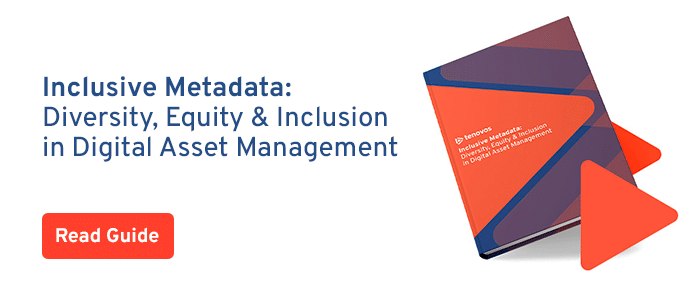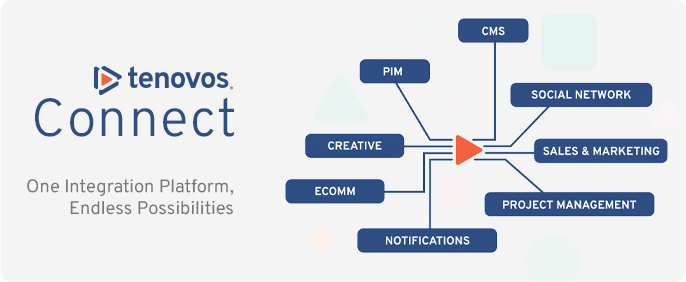When marketers talk about data and analytics, we are most often referring to performance data, i.e., what was the outcome of the campaign in which our marketing assets were used, or how much engagement did we generate on a particular channel?
And while this end result is critically important to decisions about the kind of assets we should produce in the future, it only tells half the story. To identify areas where we can optimize across our content operation, marketers need to gather data across the lifecycle — not just at the end.
Data-Driven Marketing: Are We There Yet?
The concept of the “data-driven” marketing organization is not new, but achieving that status is still out of reach for many. According to statistics gathered in the Invesp infographic excerpted below, nearly half of marketers feel “significant pressure” to increase the role that data plays in their current marketing strategy. That stat is unsurprising when viewed in context with the next, which is that 87% of marketers consider data to be the most underutilized asset in the organization.
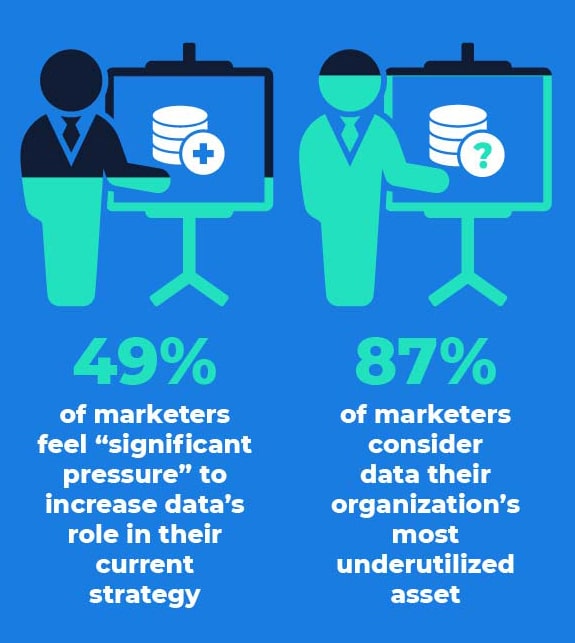
But regardless of how much pressure organizations put on their marketing teams to increase the emphasis on data, that can be difficult to do without the ability to collect that data readily and accurately. While advertising platforms and CMSs have come a long way toward providing insight into the performance of completed campaigns, everything prior to that stage is still out of focus for most organizations.
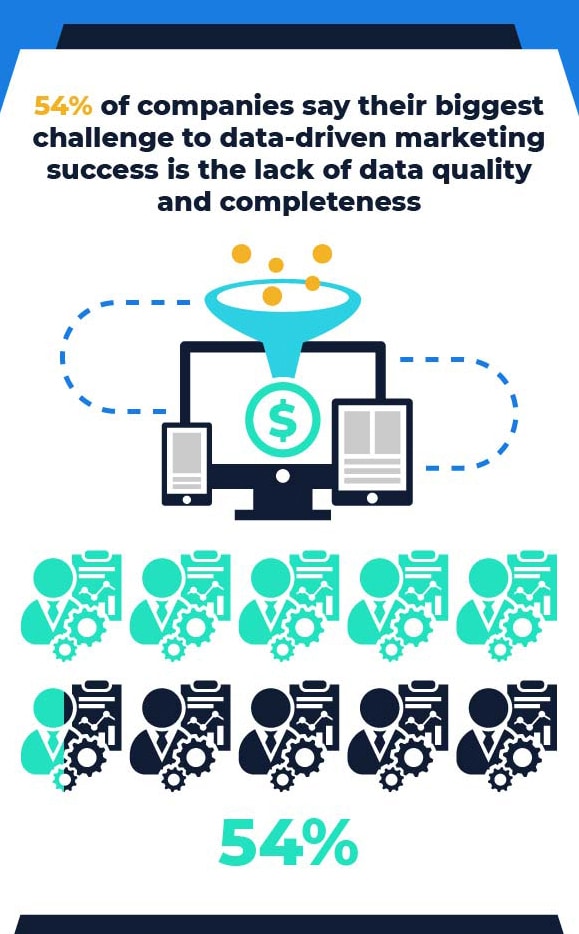
What Is Story Lifecycle Data?
Before we jump into the stages of the Story Lifecycle, let’s back up a moment to define a “Story” as we think of it here at Tenovos. Digital assets are the building blocks of your content — photos, videos, logos, etc. — the kinds of things brands manage in a Digital Asset Management (DAM) platform like ours. These assets on their own are just the beginning. When you are able to augment those assets with data such that you get a 360 degree view of your content, that’s when we call it a complete Story. These data types include classic metadata, product and business data, all the way down to performance data, which we store alongside assets in our Story Manager platform.
As any content marketer or designer can tell you, a lot of time and effort has gone on in the life of a piece of content before it reaches its final, published form. In fact, we think of this Story Lifecycle as having six stages:
- Creative Ideation
- Design Iteration
- Review & Approval
- Campaign Creation
- Content Distribution
- Review & Optimization
Each of these stages is generating data that can lead to actionable insights for marketers that can improve their efficiency, effectiveness, and audience engagement. Below is an example of a Story Lifecycle and the kinds of data that can be captured at each stage if the right tools are in place.
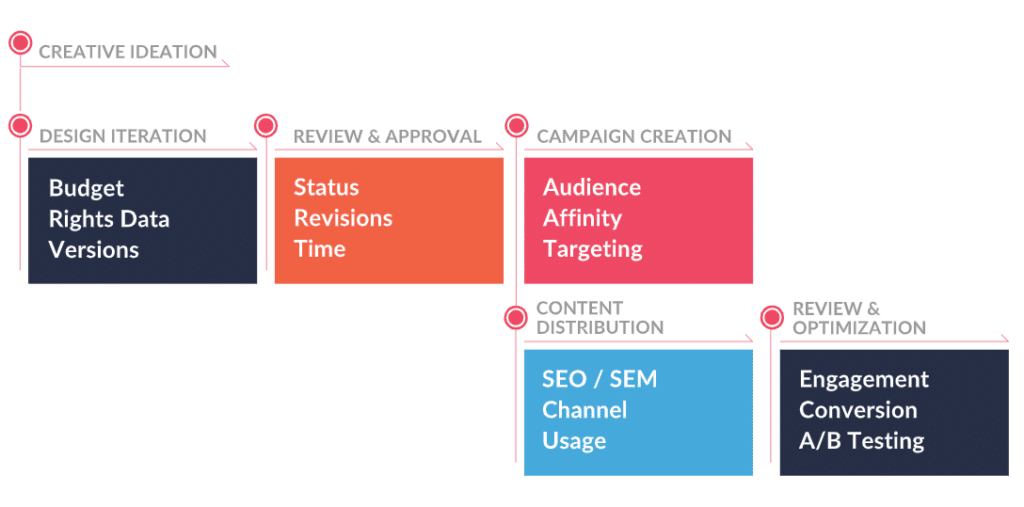
Seeing it laid out this way, can you start to imagine the kinds of opportunities you and your team would have to improve your processes and outcomes if each asset in your content library was stored alongside this kind of data profile?
How To Collect and Store Lifecycle Data
Now that you’ve seen examples of the kinds of data your Story Lifecycle is generating, you might be trying to figure out how you could go about tracking and storing that kind of information within the structure of your organization and the tools you have available. There are as many methods for doing this as there are marketing teams out there, but most companies generally fall into one of three buckets when it comes to lifecycle data:
- Not tracking it or storing it
- Tracking some of it manually or in disparate systems, but not storing it alongside content
- Tracking it automatically through platform integrations and storing it alongside content
Which category does your organization fall into? If you aren’t where you’d like to be, keep in mind that every move along the spectrum adds a great deal of value. That is, there’s a huge leap in value from not tracking data to manually tracking data, even if you haven’t devised a means of storing that data with the content it applies to yet!
The real magic happens when moving from bucket #2 to bucket #3. As those in #2 can tell you, manually tracking data and/or KPIs is time-consuming, and it can be hard to dedicate that kind of time when there’s no clear purpose to what you’ve collected. Without a way to easily attach what you’ve collected to your content and store it in a central hub for later review, it’s easy to let the tracking fall by the wayside when things get busy.
But when teams are able to harness the power of automation and platform integrations to track their lifecycle data in the background and pair those insights with the content they apply to, those insights become actionable and can add real value to the organization.
If you’re interested in learning more about managing your content library in a way that adds value and empowers your marketing team to make better decisions, click here to set up a personalized demo of Tenovos’ Active Story Management platform today. We’d love to show you what the modern, data-first DAM can do for your business.

